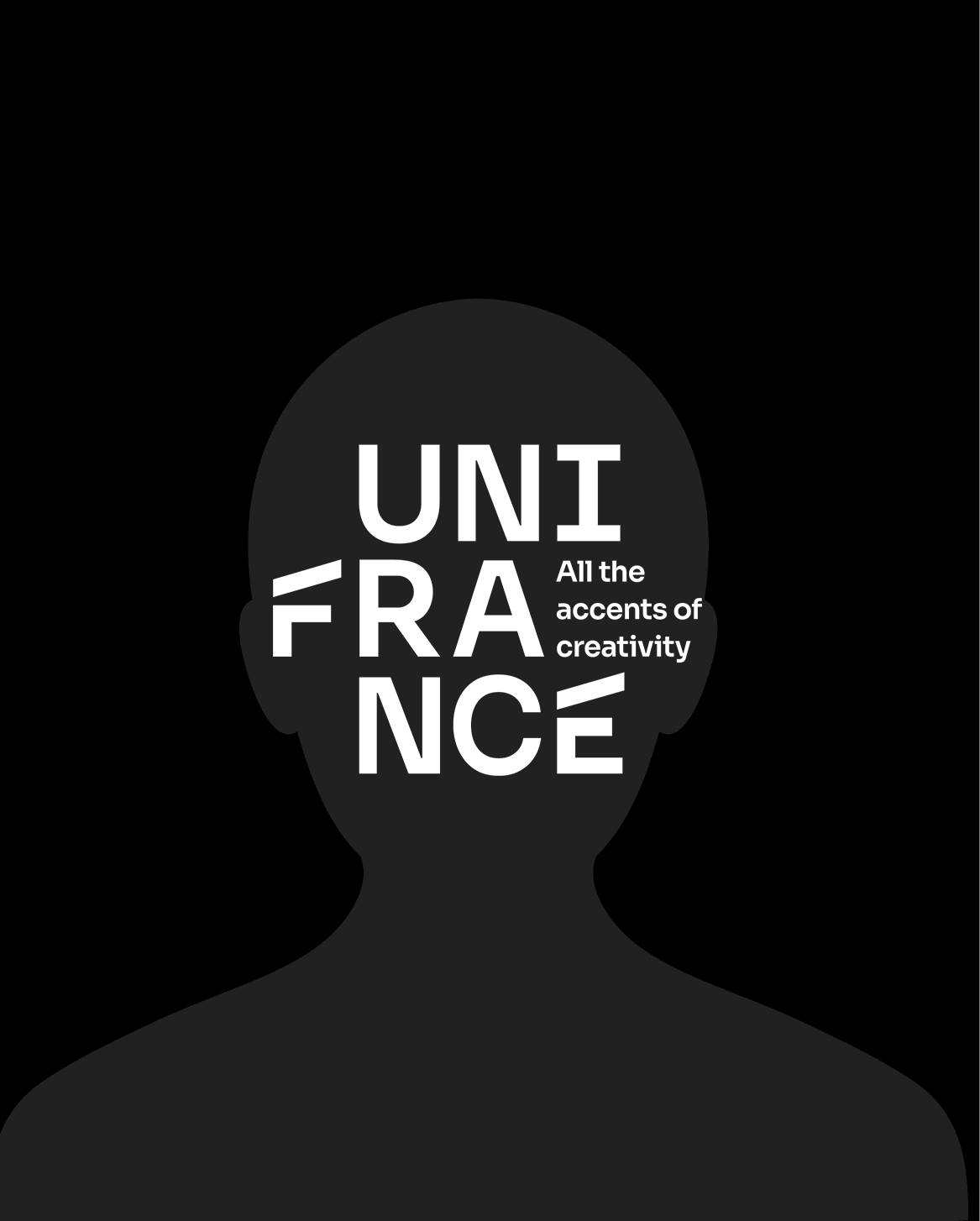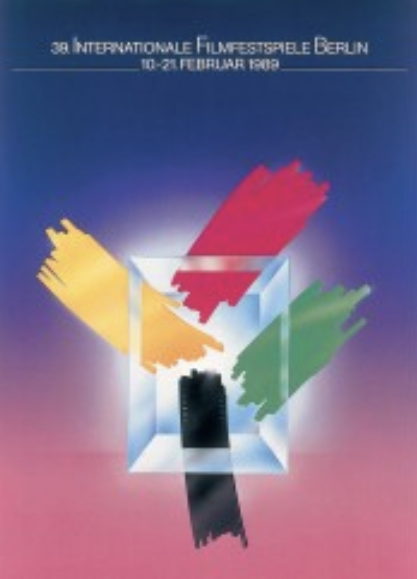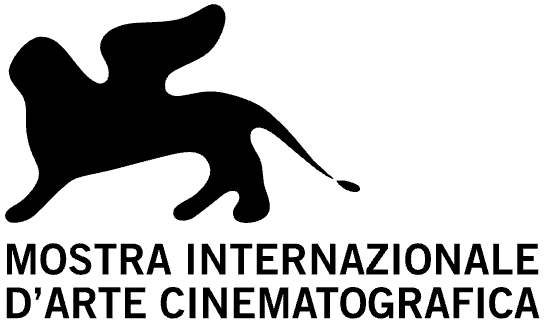あらすじ
霧の波止場」、「天井桟敷の人々」などで知られるフランスの“詩的リアリズム”のコンビ、カルネ=プレヴェールによる哀愁漂う悲劇。嫉妬心から殺人を 犯した男が、警察に包囲された情況の中で、過去を回想しながら、やがて自らに命を絶つまでを描く。47年にアメリカで「朝はまだ来ない」(主演ヘンリー・ フォンダ)としてリメイクされた。
クレジット
監督 (1)
俳優 (27)
映画製作・配給会社 (3)
クレジットタイトル詳細 (12)
- Adaptation : Jacques Prévert
- シナリオライター : Jacques Viot
- せりふ作者 : Jacques Prévert
- Directors of Photography : Philippe Agostini, Curt Courant, André Bac, Albert Viguier
- 作曲家 : Maurice Jaubert
- 監督補佐 : Pierre Blondy
- 編集担当 : René Le Hénaff
- 録音技師 : Antoine Petitjean
- Costume designer : Boris Bilinsky
- プロデューサー : Jean-Pierre Frogerais
- 美術装飾 : Alexandre Trauner
- スチールマン : Raymond Voinquel
この映画を見る
Watch 陽は昇る in VOD
| Platforms | Model | Price | Quality |
|---|
Sorry, your search returned no results.
| Platforms | Model | Price | Quality |
|---|
Sorry, your search returned no results.
| Platforms | Model | Price | Quality |
|---|
Sorry, your search returned no results.
| Platforms | Model | Price | Quality |
|---|
Sorry, your search returned no results.
技術面詳細
- タイプ : 長編映画
- ジャンル : フィクション
- サブジャンル : ドラマ
- テーマ : 殺人
- 言語 : フランス語
- その他の国の共同制作者 : フランス
- Original French-language productions : はい
- 製作国 : 100%フランス (フランス)
- 製作年 : 1938
- フランス公開 : 09/06/1939
- 上映時間 : 1 時間 33 分
- 経過状況 : 公開済み
- ニュメロ·デ Visa : 1378
- ビザ発行日 : 30/10/1944
- CNC助成 : はい
- 生産のフォーマット : 35ミリ
- カラータイプ : 白黒
- 画面セット : 1.37
- Audio format : モノラル
興行収入・公開作品
興行収入
このコンテンツは登録ユーザー専用です。
会員登録はお済みですか?コンテンツを見るにはログインしてください。
International releases
| 国 | 映画配給会社 | バイヤー | 劇場公開日 | Titre local |
|---|
Sorry, your search returned no results.
テレビ放送
このコンテンツは登録ユーザー専用です。
会員登録はお済みですか?コンテンツを見るにはログインしてください。
ニュース&アワード
映画祭でのセレクション (2)
About
Le Jour se lève was released in France in June 1939 and shown in the US the following year. In France, however, the film was banned in 1940 by the Vichy government on the grounds it was demoralizing and had contributed to the nation's defeat.[1] After the war's end, the film was shown again to wide acclaim.
In 1947, it was again suppressed when RKO Radio Pictures wanted to remake the film in Hollywood (as The Long Night). The company acquired the distribution rights of the French film and sought to buy up and destroy every copy of the film that they could obtain. For a time it was feared that that they had been successful and that the film was lost, but it re-appeared in the 1950s and has subsequently stood alongside Les Enfants du paradis as one of the finest achievements of the partnership of Carné and Prévert.
Source : Wikipedia.


























































